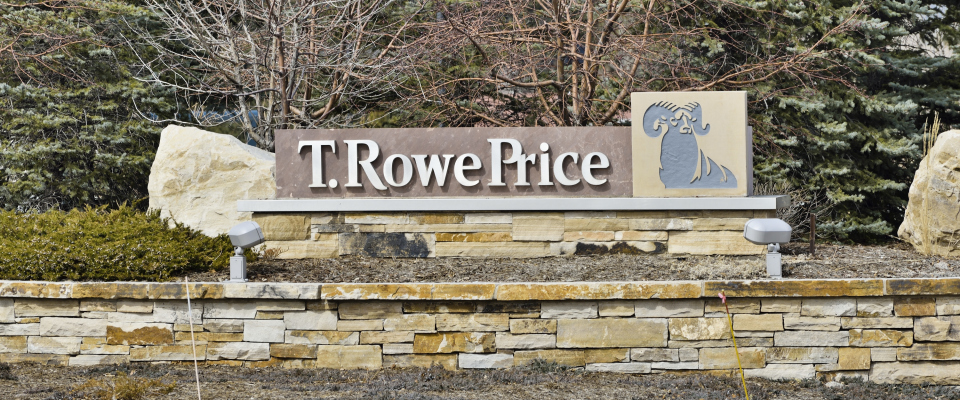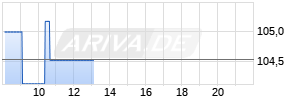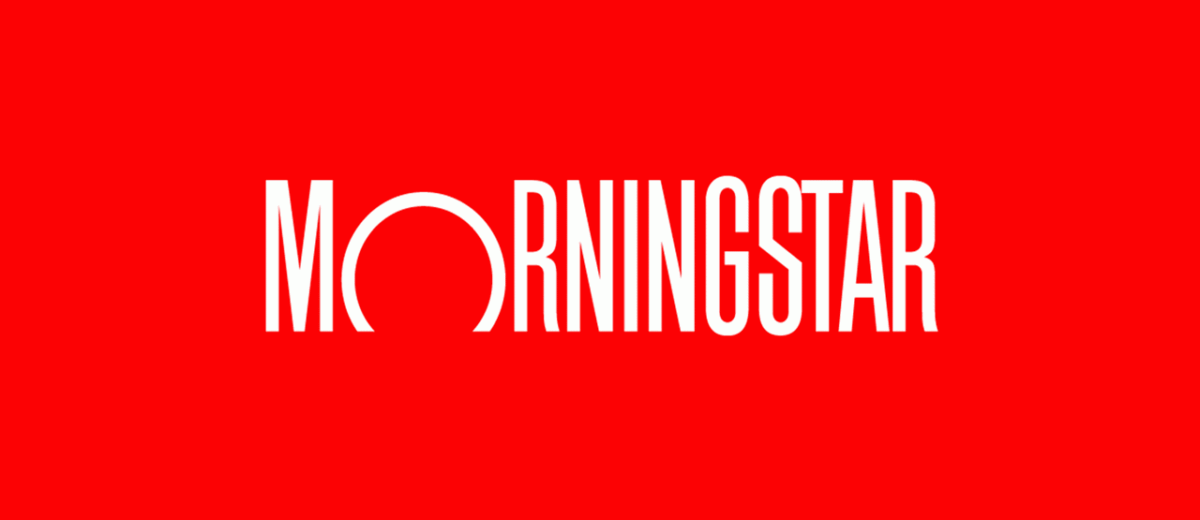
T. Rowe Price 2019 Midyear Market Outlook: Time To Navigate Crosscurrents, Not Time To Be A Hero
PR Newswire
BALTIMORE, June 19, 2019
BALTIMORE, June 19, 2019 /PRNewswire/ --
NEWS
On the heels of a tough 2018 for many major financial markets, the uptick for much of the first half of 2019 has been swift and dramatic. In U.S. equities, the S&P 500 and Nasdaq indexes tested new highs after skirting with bear market territory in December 2018. International equities also got off to a generally strong start in 2019, with China leading the pack ahead of Europe, Japan, and emerging markets. In fixed income, virtually all corners of the market, from high quality to below investment grade, have been outstanding in the first half of 2019. High yield and emerging markets, particularly, bounced back strongly after a difficult 2018.
Heading into the second half of 2019, senior T. Rowe Price investment leaders remain cautiously positive in their outlooks about global economies and financial markets, but they warn that escalating trade disputes and populist politics in many regions have created notable downside risks.
Monetary expectations have shifted dramatically since the beginning of the year, with the Federal Reserve now seen as likely to cut interest rates before the end of 2019. Growth in Europe has weakened, as the region's vulnerability to trade risks and China's slowing economy have become more apparent. Unresolved Brexit issues continue to loom as a threat. Global central banks would like to normalize monetary policies and gradually raise interest rates, but they are constrained by disappointing economic data.
KEY 2019 MIDYEAR OBSERVATIONS
- The U.S. economy is in a "muddle through" mode. While it is slowing, major imbalances that would suggest a recession is imminent or even likely are not on the horizon. Employment markets are in solid shape, with unemployment at historic lows, yet there is very little inflation, wage inflation or otherwise. Economies outside of the U.S. are growing below trend. Earnings momentum has turned negative in Europe and Japan, while currencies are struggling versus the U.S. dollar.
- The economic expansion that has taken place since the end of the global financial crisis about 10 years ago has experienced periods of sluggishness, notably in 2011 and in late 2015/early 2016. Slowdowns do not necessarily mean the end of the economic cycle. Cycle ends are typically preceded by some form of misallocation of capital or "irrational exuberance" that is not evident today.
- Corporate earnings growth has stalled and is unlikely to serve as a catalyst to drive stock prices higher in the near term. Earnings should remain flat in the second and third quarters, but with some economic improvement, we could potentially see meaningful year-over-year earnings growth in the fourth quarter. This could provide the fuel needed to drive the market to new highs as we enter 2020; absent this improvement, however, expectations for market gains in 2020 would have to be tempered.
- While technological innovation continues at a torrid pace and newer companies disrupt legacy industries and firms, established companies are increasingly using their financial strength and brand positions to fight back, with some success. An example is Disney launching its own streaming video service to compete with Netflix. At the same time, investors are more aware of the risks associated with financing business plans that push profitability into the distant future. As a result, they are becoming more discerning about funding the disruptors. For example, some high-profile initial public offerings in early 2019 did not perform as many had expected they would.
- Political attitudes toward major technology platform companies are shifting due to rising concerns about market power, data privacy, and false content. Serious legislative efforts to restrict these companies has not yet taken place, but a stricter regulatory regime at some point in time is a possibility.
- International equities look relatively inexpensive, but earnings continue to languish. The trade war is having a corrosive effect on business confidence and capital spending, particularly in export-heavy economies such as Germany, Japan, Korea, and Taiwan.
- There is a wide disparity in international equities between companies whose stocks trade at very expensive valuations and companies whose stocks are extremely cheap. Aggregate measures such as price-to-earnings ratios are not especially instructive in this type of environment, where the differences in company valuations are so stark.
- Overall credit quality trends in the high yield bond market have improved substantially in the last 10 years. Increasingly, good-quality high yield companies are paying down debt rather than re-leveraging their balance sheets. Correspondingly, credit ratings have improved, and the asset class is much better capitalized today than it was before the global financial crisis. This bodes well for performance over the long term.
- The decrease in yield on the 10-year U.S. Treasury bond has created a tailwind for virtually all asset classes. In fixed income, Treasuries, investment-grade corporate bonds, and tax-exempt bonds have all done well. The high yield market has never lost money for two years in a row, and it's following the same pattern of recovery this year. The best total returns thus far have been in emerging markets, though pockets of concern persist, such as Argentina, Turkey, and Mexico.
- The inverted yield curve environment, in which yields on three-month, two-year, and five-year Treasuries are all below the fed funds rate, suggests that fixed income investors are essentially daring the Federal Reserve to cut interest rates. But policy rates are still near historically low levels, giving the Fed limited room to maneuver. Even if the Fed complies, it has to be careful not to make any cut(s) too severe; otherwise, it would spook the markets, which would conclude that economic conditions are worse than believed. Outside the U.S., the European Central Bank and Bank of Japan have even less wiggle room than the Fed, with some rates already at zero or negative.
QUOTES
Rob Sharps, Head of Investments and Group Chief Investment Officer
"We've had a long bull market and a long economic expansion. We're navigating crosscurrents right now, but I don't see any significant dislocations. While we remain constructive long term, it's also a challenging time to find good investment opportunities. Markets are near highs and risks are rising, so it's not time to be a hero. It's a good time to be diversified, invest strategically, and have your shopping list ready in case stocks pull back and go on sale."
ARIVA.DE Börsen-Geflüster
Weiter aufwärts?
| Kurzfristig positionieren in T. Rowe Price Group | ||
|
ME73NT
| Ask: 0,72 | Hebel: 6,05 |
| mit moderatem Hebel |
Zum Produkt
| |

Kurse
 |
"For investors, this is an interesting time when risk assets like stocks have performed well, but so have risk-off assets such as U.S. Treasuries and the dollar. It's a tug-of-war that's likely to be resolved in the second half of the year and will depend on whether we see some form of resolution to the trade conflict and whether we get some improvement in global economic growth. We're still a long way away from an absolute level of interest rates that would make it difficult for stocks not to be a relatively attractive asset class."
"The trade war presents significant issues that are starting to have real-world impacts on risk assets and on economies. Although the U.S. and Mexico reached a trade deal that appears to avoid tariffs, there seems to be a resolve in the U.S. not to accept a deal with China that would be perceived as weak. On that front, there may be more pain before we reach a point where there is a greater sense of urgency."
Justin Thomson, Portfolio Manager and Chief Investment Officer, Equity
"There is some concern that Europe might be entering a liquidity trap in which lower interest rates don't stimulate economic growth. That has essentially been the case in Japan since 1999, where even zero interest rates haven't spurred growth. For European equities to perform en bloc, you need banks to perform well, and that requires an upward-sloping yield curve that we're not seeing right now."
"The trade war between the U.S. and China is metastasizing into a technology war. This could make settlement harder, as both countries may believe that critical technology advantages are at stake."
"Emerging market equities are subject to global capital flows. In the short term, a trade war and a strengthening dollar are not helpful. But in the longer term, emerging market equities are compelling. Their currencies are very cheap and oversold at the moment. In addition, emerging markets are now less about where you can invest and more about what you can invest in, as industries have expanded in recent years. Many emerging markets now have flexible exchange rate regimes that have provided a cushion against exogenous shocks and, as it is with more mature asset classes, we are seeing a greater dispersion of returns. These things augur well for long-term returns from emerging markets. But, to be sure, it will pay to be selective."
Mark Vaselkiv, Chief Investment Officer, Fixed Income
"In the U.S., the probability for a potential for an interest rate cut sometime in 2019 is growing. We would not be surprised to see a cut of 0.25% at some point later in the year, particularly if the trade war persists, impacting market volatility and economic growth. The futures market appears to be anticipating three rate cuts between now and the end of 2020. So, the fixed income markets and the equity markets may have decoupled a bit in their respective outlooks."
"Fixed income performance tends to have three distinct phases. One takes place in strong markets, when bond returns include capital appreciation, as we saw earlier this year. The second phase takes place in a so-called carry environment, in which prices, yields, and spreads remain fairly stable, so you essentially earn income from a bond's coupon. The third phase is capital preservation, when things get much worse and bonds become a defensive strategy. We are not at that point. I would say we're in the second phase. And even if we see a sharp correction, the bond market has proven its reliance over time and bounced back nicely."
"Since all emerging countries revolve economically around China, a deep and prolonged trade war would have serious implications. The Chinese government is formidable and tenacious, and they play the long game. They could make things very difficult for the United States over the next 18 months ahead of the 2020 presidential election."
ABOUT T. ROWE PRICE
Founded in 1937, Baltimore-based T. Rowe Price Group, Inc., is a global investment management organization with $1.07 trillion in assets under management as of May 31, 2019. The organization provides a broad array of mutual funds, subadvisory services, and separate account management for individual and institutional investors, retirement plans, and financial intermediaries. The organization also offers a variety of sophisticated investment planning and guidance tools. T. Rowe Price's disciplined, risk-aware investment approach focuses on diversification, style consistency, and fundamental research. For more information, visit troweprice.com, Twitter, YouTube, LinkedIn, Instagram, or Facebook.
Follow Rob Sharps on LinkedIn here.
![]() View original content:http://www.prnewswire.com/news-releases/t-rowe-price-2019-midyear-market-outlook-time-to-navigate-crosscurrents-not-time-to-be-a-hero-300871186.html
View original content:http://www.prnewswire.com/news-releases/t-rowe-price-2019-midyear-market-outlook-time-to-navigate-crosscurrents-not-time-to-be-a-hero-300871186.html
SOURCE T. Rowe Price Group, Inc.

Mehr Nachrichten zur T. Rowe Price Group Aktie kostenlos abonnieren
(Mit der Bestellung akzeptierst du die Datenschutzhinweise)

Hinweis: ARIVA.DE veröffentlicht in dieser Rubrik Analysen, Kolumnen und Nachrichten aus verschiedenen Quellen. Die ARIVA.DE AG ist nicht verantwortlich für Inhalte, die erkennbar von Dritten in den „News“-Bereich dieser Webseite eingestellt worden sind, und macht sich diese nicht zu Eigen. Diese Inhalte sind insbesondere durch eine entsprechende „von“-Kennzeichnung unterhalb der Artikelüberschrift und/oder durch den Link „Um den vollständigen Artikel zu lesen, klicken Sie bitte hier.“ erkennbar; verantwortlich für diese Inhalte ist allein der genannte Dritte.




